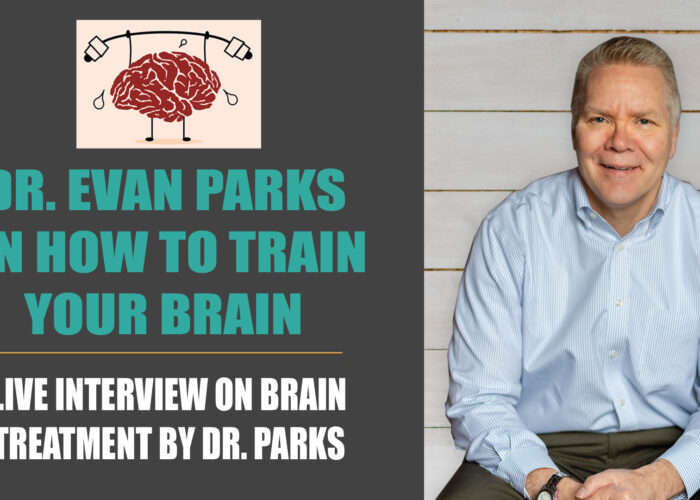How to find balance and manage stress when life hurts.
Dr. Evan Parks—We picture our life moving forward, accomplishing goals and enjoying good relationships. When chronic pain enters that picture, many of the activities that bring satisfaction are removed from our daily experience. Pain sufferers are left to struggle, not only with chronic pain, but with the new reality that comes with the changes, loss, and limitations of chronic pain. Facing these emotional challenges directly can help bring meaning and satisfaction back, even when pain persists.
The struggle with emotions
When faced with a life-changing event such as chronic pain, we often focus on identifying the problem, looking for treatment options and working hard to make things better. Emotions get put on the back burner while we problem-solve.
Many chronic pain sufferers do not recognize the important role stress plays in the development and maintenance of chronic pain. Fear of pain, loss, sadness, depression, anger, anxiety, shame, and the many life changes associated with a chronic medical condition all contribute to making the pain worse.
Tools that help
The first thing pain sufferers need are tools to help them understand and deal with their chronic pain. As a person learn new coping skills, it soon becomes evident that the principles that help them manage chronic pain also aid with loss, sadness, anger, anxiety, fear, stress, helplessness, depression and frustration. I often tell the people, “Pain never shows up alone — pain shows up with friends. The friends are all the negative emotions that get stirred up with the challenges and stress of living with pain.”
There are four principles based on Acceptance and Commitment Therapy (ACT) I share with people who struggle with chronic pain and the negative emotions that show up with it:
- We need to identify the difficult thoughts and emotions getting in our way of moving toward what’s important to us — we need to name what’s wrong and identify the sources of stress. As we learn to name emotions, we can tame emotions.
- We need to get unhooked from the negative emotions getting in our way. Whether it’s physical or emotional pain, our go-to strategy is to control and avoid what’s causing our distress. We need to see that avoidance and control make negative emotions worse by creating an internal wrestling match we can’t win. Our brain produces a lot of noise and makes up stories about our life, but the noise doesn’t need to be viewed as true or valid. Allowing our difficult thoughts and emotions to come and go will help us stay focused on what’s important rather than focusing on what we can’t control.
- The third principle is learning how to stay connected to the present moment. Many of our struggles with emotions have to do with the past or what might occur in the future. Staying present helps us stay calm and look at our emotions from another perspective.
- Finally, central to pain management and regaining emotional balance is heading in a direction that’s important to us. As we focus all our energy toward the people and activities that really matter, we engage the parts of our brain that generate positive emotion, satisfaction, and meaning.
If you struggle with chronic pain and experience the loss, frustration, fear, and anxiety that often show up with pain, know that there’s hope. Develop emotional flexibility by learning to let go of the struggle to control your emotions, stay connected to the present moment and keep pressing on toward what is important to you.




